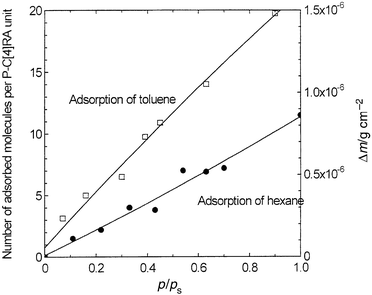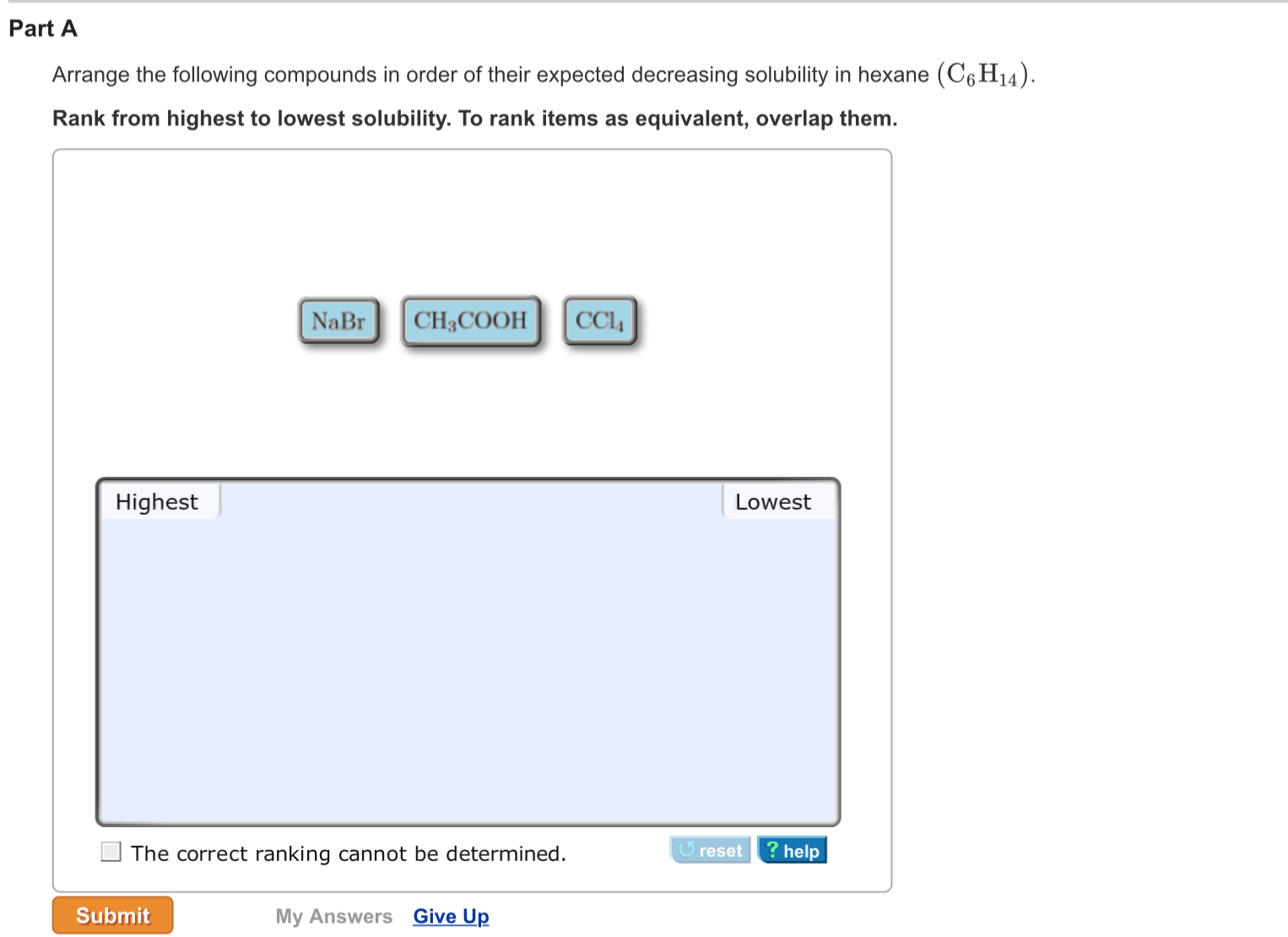
Evaporation of SiO 2 and MgO follow the same trend as those observed in vacuum furnace experiments at the same temperature and starting composition, showing that their evaporation relative to one another from the melt is independent of pressure, oxygen fugacity, and hydrodynamical regime specific to the furnace. In this report we carried out evaporation experiments on a B-type calcium–aluminium-rich inclusion (CAI) melt in a gas-mixing aerodynamic levitation laser furnace, at 1873 K and an oxygen partial pressure of 10 -9.1 atm, for durations ranging from 60 to 600 s. According to Knudsen the vapor pressure of a material in the cell can be calculated from his result, using the equation given.

The basic theory of method is based upon the kinetic theory of gases, from which Knudsen derived an expression for the slow isothermal flow out of a cell with a small hole in it. The basic theory of the effusion method was reviewed in the literature. Measurement are made under isothermal conditions, with weight loss being recorded as a function of time simultaneously with sample temperature, and with pressure measured outside the effusion cell. = mm Hg under molecular flow conditions (pressures inside and outside cell are low enough for gas molecules make collisions only with the walls of the cell) and involves measurement of the rate of loss of molecules of the evaporating substance, leaving the opening of an effusion cell. Some important aspects related to the nature of the samples and vapor pressure measurements are described for future consideration. The use of one equation or the other will depend on the characteristics of the sample and the availability of an appropriate standard. However, they use a standard substance to parameterize the experimental setup. For that reason, some researchers, when measuring the mass loss of a substance with a predictable low vapor pressure, do not apply vacuum when using the Langmuir equation. However, Langmuir alleged that in certain conditions, such as at low temperatures and/or when the vapor pressure is low, the rate of evaporation of a substance is independent of the presence of vapor around it. In the Knudsen method vacuum is applied to eliminate the effect that the presence of other gas molecules could have on the evaporation rate of the sample. In order to accomplish equilibrium like conditions, the sample must be in an almost-sealed cell except for a small orifice, from where the vapor escapes. Therefore, the experimental conditions must be more » such that allow the condensed and the vapor/gas phases to be in equilibrium. To apply these equations, the system needs to reach a pseudo (or near) equilibrium condition.

There are two equations that can be used to relate the mass loss rate with the vapor pressure: (1) the Knudsen equation and (2) the Langmuir equation. Thermogravimetric analysis records the mass loss as a function of time and temperature. This report describes the effusion method, which consist of measuring the rate of escape of vapor molecules through a small orifice for the determination of the vapor pressure of compounds and may be useful on compounds such as molten salts. Vapor pressure data for molten salts are scarce in the literature, both for pure salts but especially for eutectic mixtures. With the revival of interest in deploying MSRs, complete thermophysical and thermochemical characterization of these materials is of interest to industry, regulators, and researchers.

Molten salt reactorsMSRs use molten salt mixtures as the primary coolant and/or fuel and are expected to operate up to 800 ☌. The knowledge of the thermophysical properties of coolant and fuel in molten salts nuclear reactors (MSRs), such as thermal stability and vapor pressure, are of remarkable interest, particularly for simulating safe reactor operations.


 0 kommentar(er)
0 kommentar(er)
